Jury selected Bordeaux and Bordeaux Supérieur Rouge of 2019
Posted on November 16, 2021
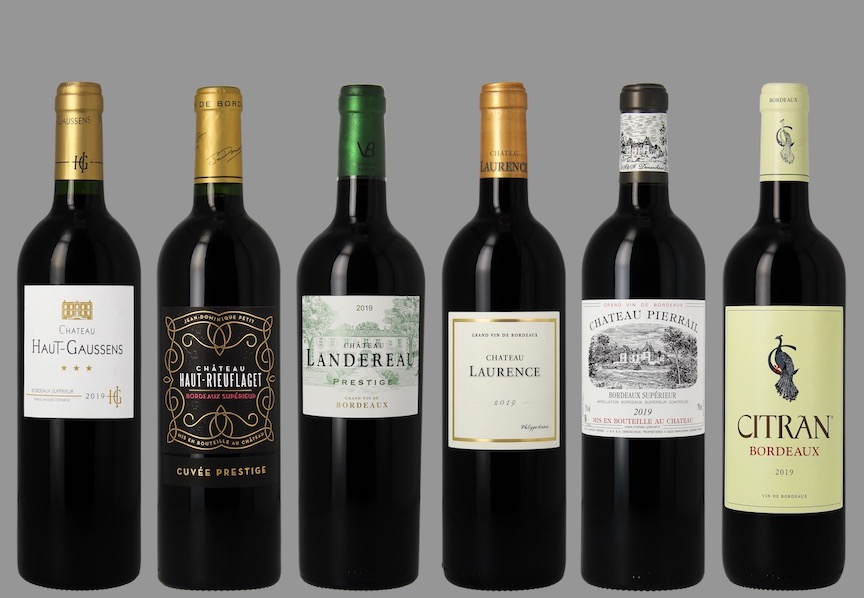
By Panos Kakaviatos for wine-chronicles.com
16 November 2021
As I taste through Bordeaux’s recently bottled 2019 vintage, with an article to appear in Club Oenolgique early next year, a shout out to the more humble Bordeaux and Bordeaux Supérieur appellations. I joined a jury of 30 people to pick out my favorites based on samples the union had sent to me. With prices as low as $10 a bottle, taking exchange rates into account, and based on ex-cellar prices plus VAT, you can find decent drinkers!
For example, my overall favorite among those I tasted was the Château Majoureau Cuvée Hyppos, I later shared the bottle with a work colleague who likes wine, but is not a wine geek. He promptly ordered a case, which in Europe costs about €10 a bottle.
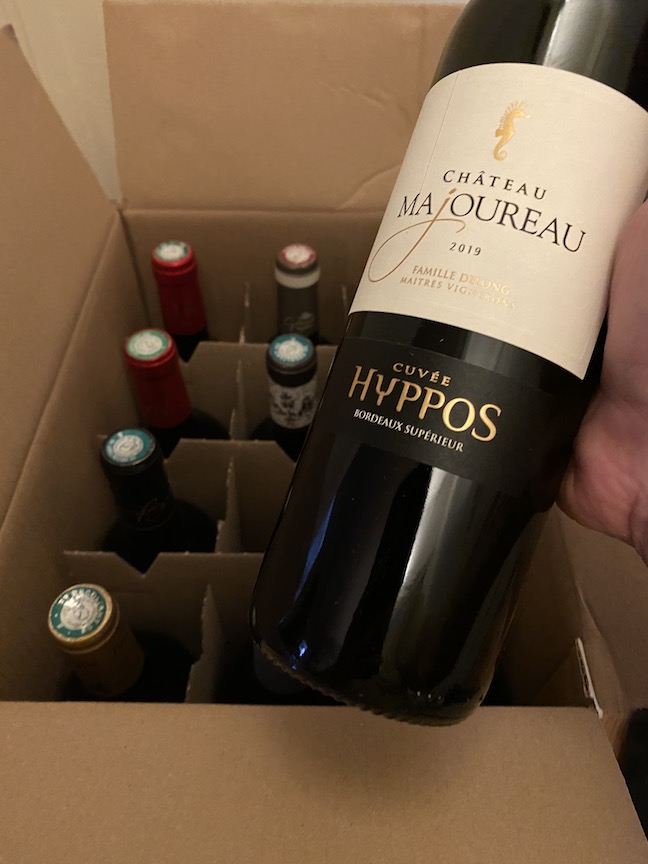
While not all my personal favorites – including the above wine – made the top grade, the Union of winemakers of these two humble appellations collected judges’ tallies and recently unveiled the award-winning wines in AOC Bordeaux red and Bordeaux Supérieur red, vintage 2019. Read More
Bordeaux 2020 : Saint Emilion shines bright
Posted on June 26, 2021
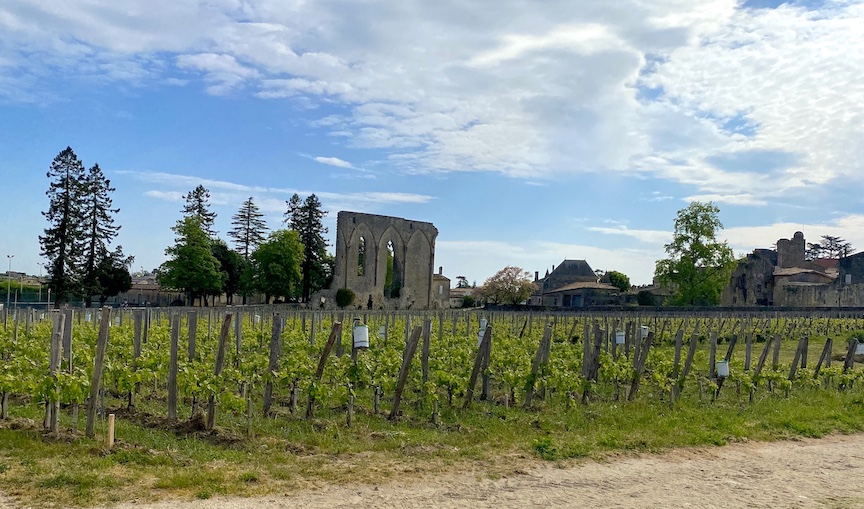
By Panos Kakaviatos for wine-chronicles.com
26 June 2021
For my summary on the vintage, please read what I had published in Club Oenologique. And you can also read my overall Top50+ wines across appellations, after having tasted hundreds of barrel samples of Bordeaux’s latest vintage, 2020.
Saint Emilion is a star appellation in 2020. Readers should note that 2019 can be just as good, and in some cases more “airy elegant”. Also, American buyers given current exchange rates have a better deal with the 2019 vintage. But the best 2020s in Saint Emilion can outshine 2019 and 2018. And that includes wines that are in the $25-$50 price range.
2020 seems a modern version of the 1998 vintage, which was so utterly juicy and refined (and delicious) for Merlot-driven wines of Saint Emilion. Indeed, 1998 pre-dated the heavy oak extraction of the 2000s that affected vintages between 2005-2017. But that era is, for the most part, over.
So we have barrel samples sumptuous, juicy and driven by ripe (not over-ripe) fruit. From colder soils, such as deep clay or limestone, some of the best en primeur from Saint Emilion that I recall ever having tasted since I began going to these barrel tastings back in 2004 for the 2003 vintage.
As the Futures campaign had drawn to a close, many cases exist where I prefer the “airier elegance” of the 2019 vintage, and now I prefer (also) the better price tags. But 2020 in Saint Emilion often combines the density of the 2018 vintage with the juiciness of the the 2019. Read on and see 😊.
Many thanks to individual estates, the Association of Grands Crus Classés of Saint Emilion, the Grand Cercle, the CVGB, the UGCB and Maison Joanne for proposing such exemplary en primeur tastings where these wines were assessed.
TASTING NOTES : As usual, if in bold, I like in particular. If red and bold, even more. If also underlined, wine barrel sample nirvana. If there is an asterisk, that means also a solid price/quality ratio.
Note on scores this year: Perhaps I have fallen victim to grade inflation or over exuberance in scoring, but we critics face pressure to “up” the scores, as the 100-point scale is being reduced to 5 points that matter, between 95 and 99, and a mythical 100, which I cannot give to a barrel sample… This has to be seriously addressed!
2020 Bordeaux: Médoc, Haut-Médoc and Moulis
Posted on June 21, 2021
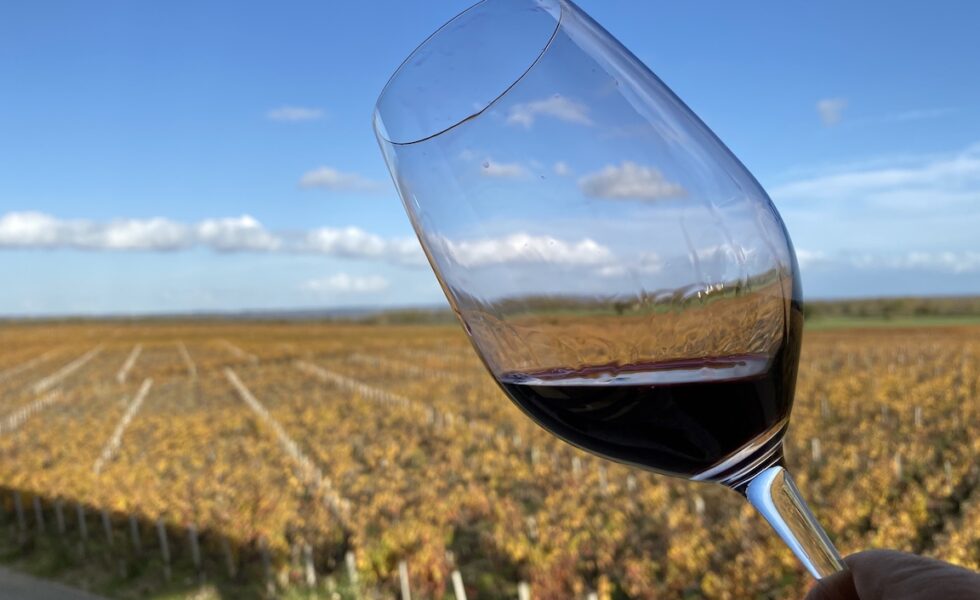
Making it worth your while, from barrel
By Panos Kakaviatos for wine-chronicles.com
As I noted in my initial review of “Top 50+” Bordeaux 2020 barrel samples, the Left Bank features wines that in 2020 can have stricter tannins than usual, but the vintage also includes excellent wines, at various price points and from less celebrated appellations like Médoc, Haut-Médoc and Moulis. In this section, I review wines worthy of your attention. Indeed, those with asterisks could have been included in the Top50+ (i)Deals section, but space considerations left them out of that first posting.
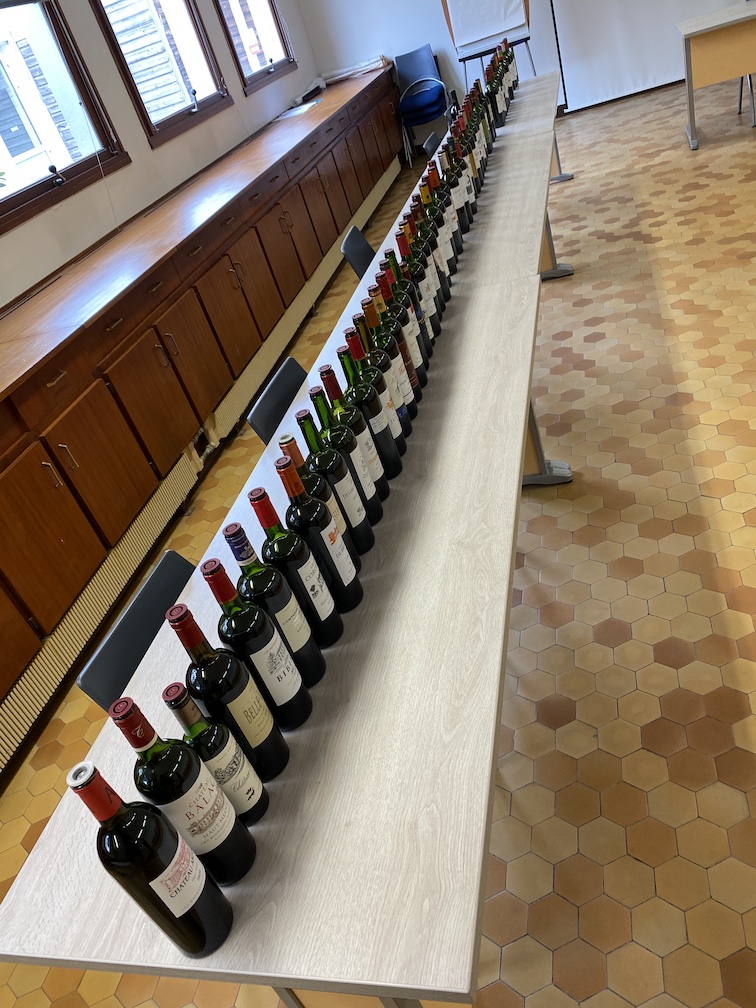
Tasting scores of 2020 Bordeaux barrel samples – such as wines at the Centre Oenologique de Pauillac – and picking out the best for you. 😉
Many thanks to wine consultant Eric Boissenot, the Grand Cercle, Centre Oenologique de Pauillac director Christophe Coupez, the CVGB, the UGCB and Maison Joanne for proposing such exemplary en primeur tastings where these and other wines were assessed.
All wines in bold, as I like them, but red and bold, even more 😊. Read More
Top 50+ hits: Bordeaux 2020 from barrel
Posted on May 26, 2021

The emotional, the intellectual, the (i)Deals
In a vintage that favors Merlot from cold clay and limestone soils
By Panos Kakaviatos for wine-chronicles.com
26 May 2021
No ads, no fees charged: Here my objective and experienced impressions of 2020 Bordeaux, 18 years in a row assessing Bordeaux from barrel, including visits during the pandemic era.
Before posting hundreds of barrel sample tasting notes, let’s cut to the chase with 50+ top barrel sample “hits”, like a Top 50 Singles Chart. Divided into three categories, you can scroll quickly to the wines for each category by clicking the subtitles below:
When assessing barrel samples, more attention is paid to structure and aging capacity: Why spend hard-earned cash for not so age-worthy Bordeaux? Nonetheless, wines with the necessary architecture also can evoke immediate emotional appeal. These wines excite with delight, and you will find more such examples on the Right Bank in 2020. The list here includes very expensive wines ($500+ a bottle) to “quite expensive” ($80+ a bottle)
These barrel samples promise to appeal more to your intellect or your inner wine geek. They may not be as (initially) exciting, but have superb density and quality of tannin to go the distance. This category features more from the Left Bank in 2020 and prices vary similarly to the Emotions list.
20 Top (i)Deals: Part I and Part 2
Wine (i)Deals are expected to have especially good price/quality ratios. Part I mainly covers wines ranging from $50 to $100 a bottle. Part II is more for wines expected to cost less than $50. Read More
Château Tour Saint Christophe
Posted on April 18, 2021
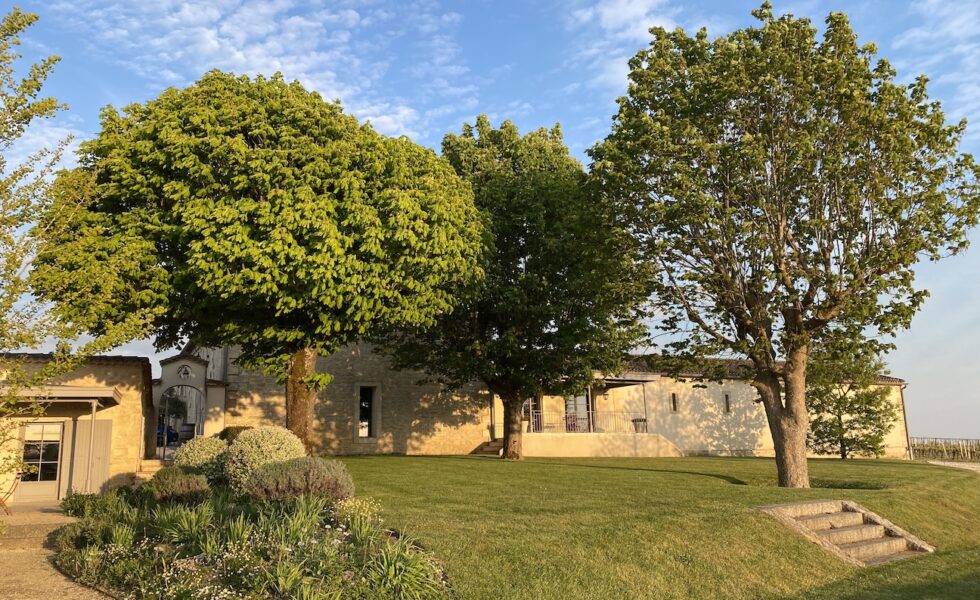
Beautiful estate, excellent price/quality ratio
By Panos Kakaviatos for wine-chronicles.com
18 April 2021
I just arrived in Bordeaux, where I will be tasting the 2020 vintage from barrel over the next two weeks with dear friend Jane Anson. Much of the vintage buzz has been rather positive, although too early to pronounce a modern trilogy of fine vintages in 18, 19, 20. From what I have heard, there is greater freshness to the vintage as compared to the two preceding years, but that is not sure yet. In any case, it could be the best trilogy in a while for Bordeaux.
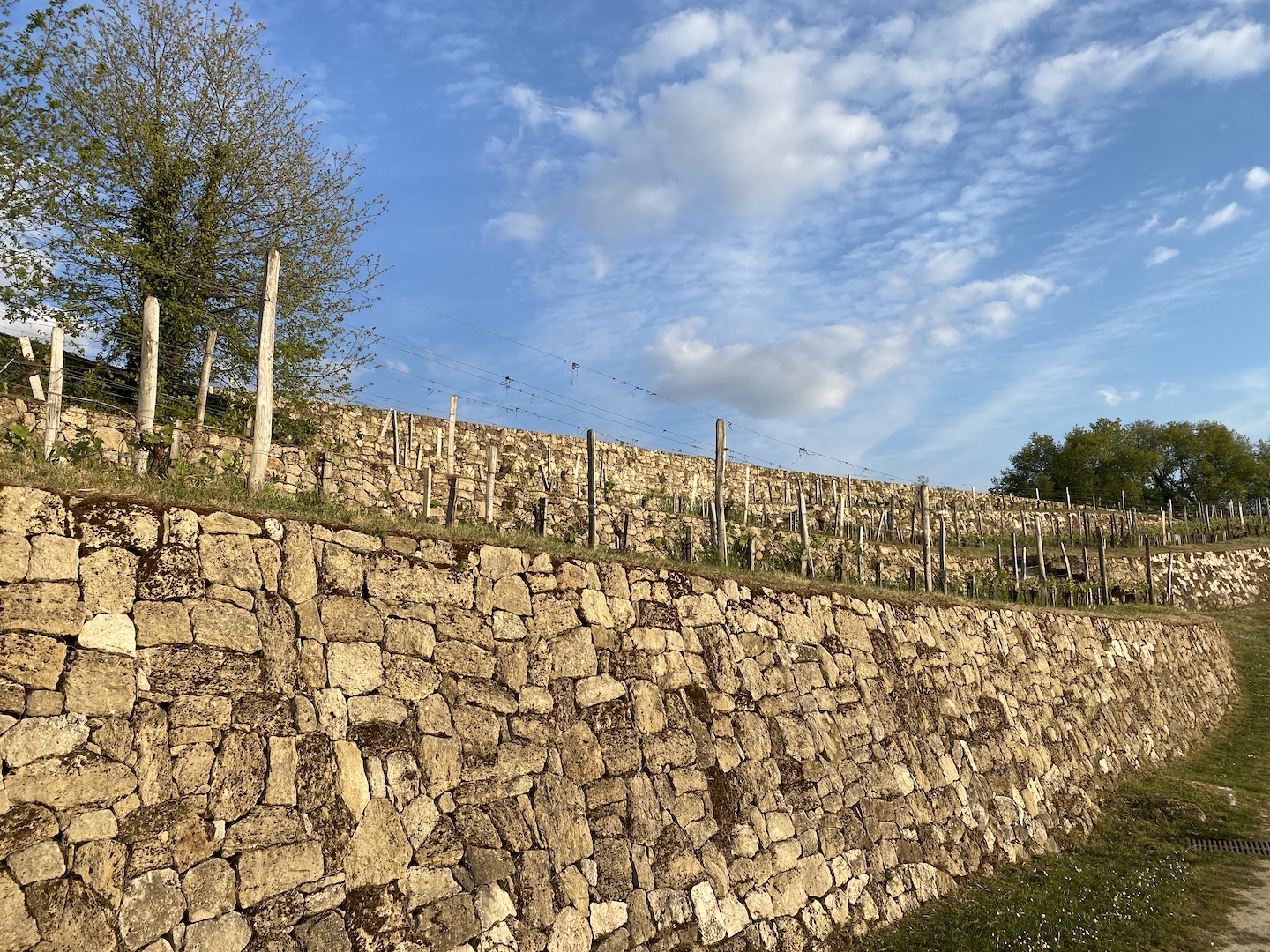
Vineyard terraces
Over the next few days, I am staying at a lovely estate in Saint Emilion called Château Tour Saint Christophe, located in Saint-Christophe-des-Bardes at the frontiers of Saint-Émilion.
While I look forward to tasting more famous brands like Château Figeac, Cheval Blanc, Canon and other illustrious Saint Emilion estates, lower cost wines crafted with quality in mind especially interest consumers. Read More
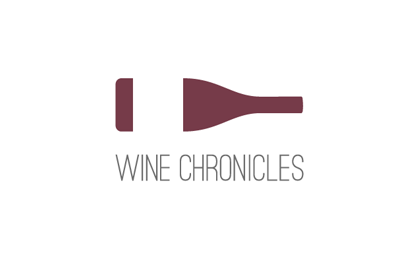 Wine Chronicles
Wine Chronicles
Recent Comments